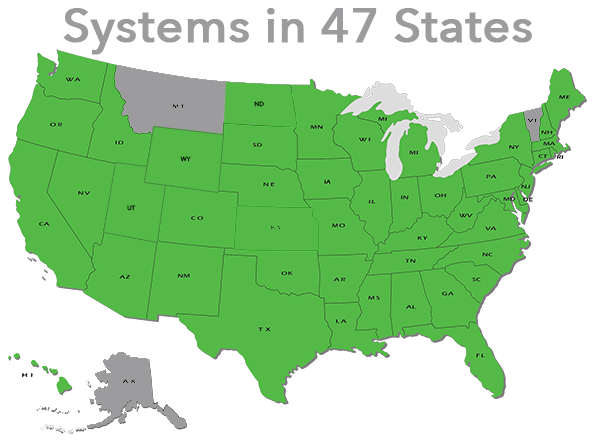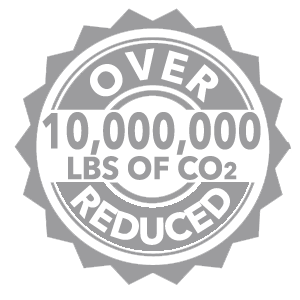The Green New Deal Is What Realistic Environmental Policy Looks Like
Our carbon emissions are not mainly about the price of gasoline or electricity. They’re about infrastructure. For every human being, there are over 1,000 tons of built environment: roads, office buildings, power plants, cars and trains and long-haul trucks. It is a technological exoskeleton for the species. Everything most of us do, we do through it: calling our parents, getting to work, moving for a job, taking the family on vacation, finding food for the evening or staying warm in a polar vortex. Just being human in this artificial world implies a definite carbon footprint — and for that matter, a trail of footprints in water use, soil compaction, habitat degradation and pesticide use. You cannot change the climate impact of Americans without changing the built American landscape.
So the proposals to retrofit buildings, retool transportation and build a clean-energy system are simply ways of tackling the problem where it starts. They are public-works projects because large capital projects — especially ones that, like highways, involve widespread public benefit — have always required public money. They are jobs programs, unless robots do the work, so the jobs might as well be good.
The deeper point is that any economic policy is a jobs policy. The oil and gas sector provides at least 1.4 million American jobs, more if you believe industry estimates, and depends on public subsidies and infrastructure. You might say that producing the disaster of global climate change has taken a lot of economic policy and produced a lot of jobs programs. Reversing direction will take the same. Since environmental policy can happen only through economic policy, there is no avoiding decisions about what sorts of work there will be, and in which industries. It’s unsettling, but maybe a little less so when you consider that we’ve been doing it all along, usually without owning up to it.
Take the Green New Deal’s proposal to work with family farmers and ranchers to reduce the carbon footprint of agriculture. It might sound like a sop to rural representatives, the locavore caucus of the Democratic Socialists of America, or both. (And that wouldn’t make it wrong.) But food is our everyday metabolism with the natural world, which is why agriculture emits 9 percent of United States carbon, according to the Environmental Protection Agency. (Other estimates are considerably higher.)
Forty percent of our land is farmed or ranched, which is to say, the soil is basically conscripted as a food factory. The food system is already pervasively shaped by the Farm Bill, which spends nearly $15 billion per year on subsidies and $10 billion on conservation measures, deeply shaping what farmers grow and where, and tending to benefit large, industrially oriented operations. Food production can be much less carbon-intensive with changed practices in cropping, fertilizing, irrigation and waste management, many of them well suited to small farming. Moving in that direction, though, would require rattling the cage of big American agriculture.
























